How to create an Affinity Diagram
Brainstorm or create notes, Categorize and Act.
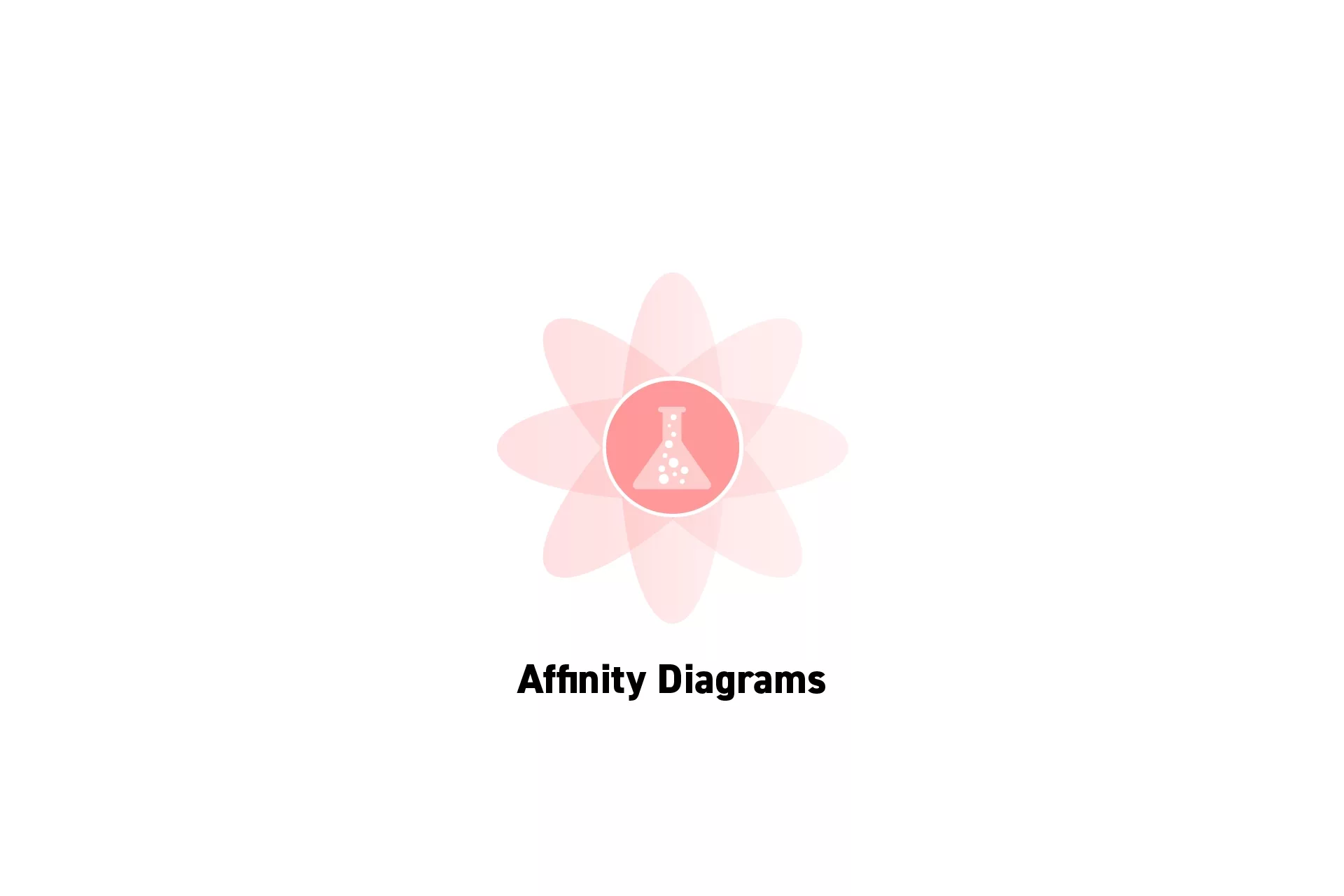
Brainstorm or create notes, Categorize and Act.
SubscribeWhat are Affinity Diagrams?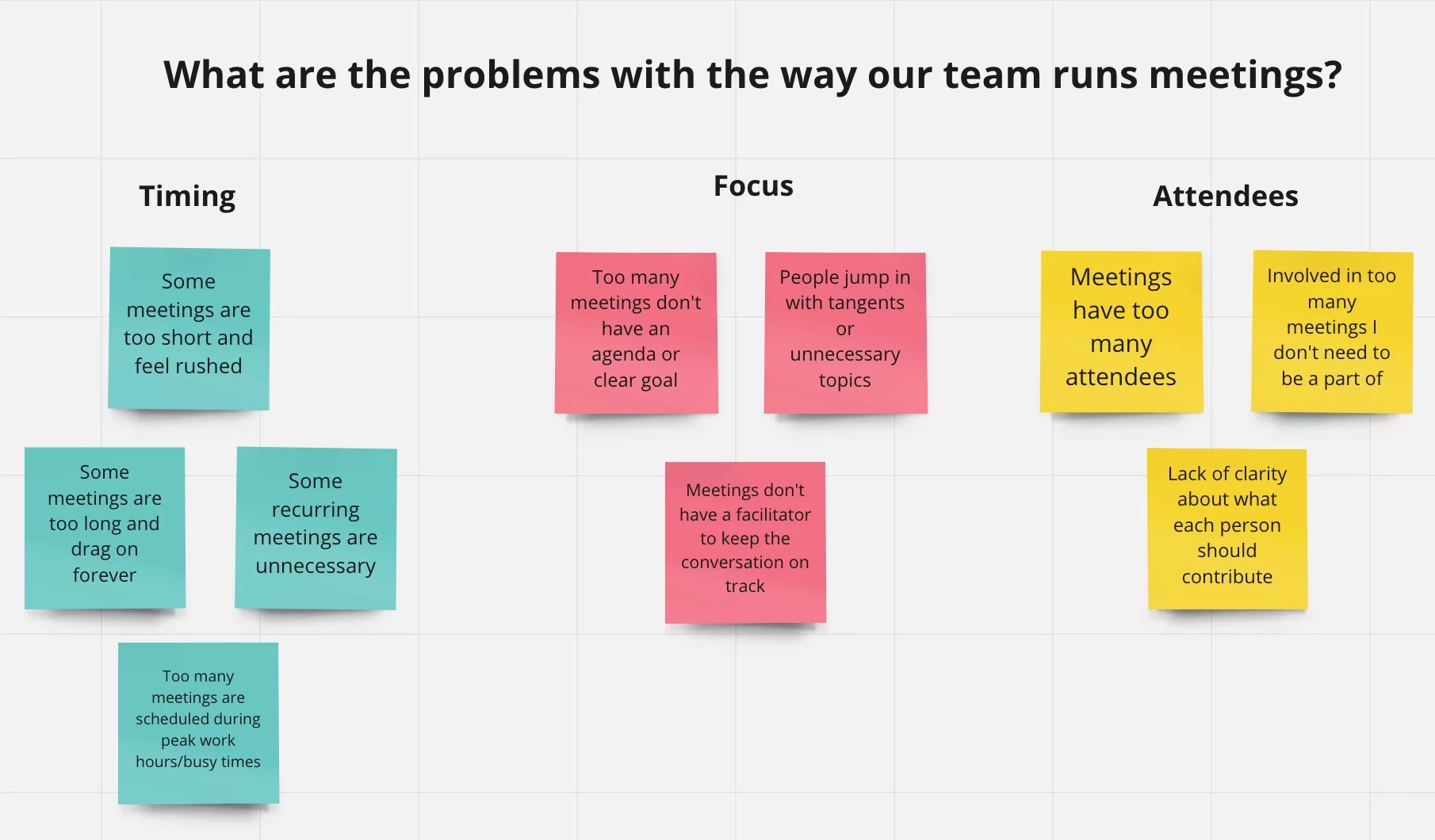
An example of an Affinity Diagram
Before you start creating an Affinity Diagram, you will need:
- Post it's and pens
- A board to place them on
Or
Step One: Brainstorm or Create the Notes
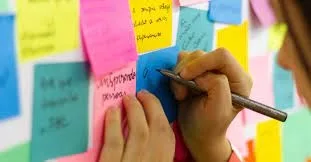
By yourself or in a group, hold a brainstorming session and take note of all the ideas that come across.
If you have already conducted research or are looking to add to the existing diagram, take a note of all the insights, thoughts or ideas that you have developed and translate them into post its.
Step Two: Categorize
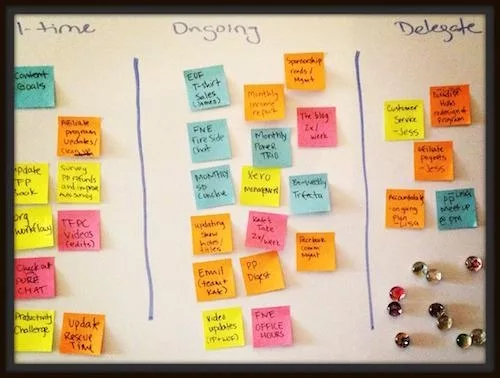
Once you have all the ideas in post-it form, organize them into categories that make sense for whatever it is you are trying to achieve.
This process might require that you modify post-its so that they are more relatable under the new paradigm - this is normal and acceptable.
The purpose of this exercise is to help you organize your thoughts and research into actionable items that follow a logical idea or thought pattern.
Step Three: Act
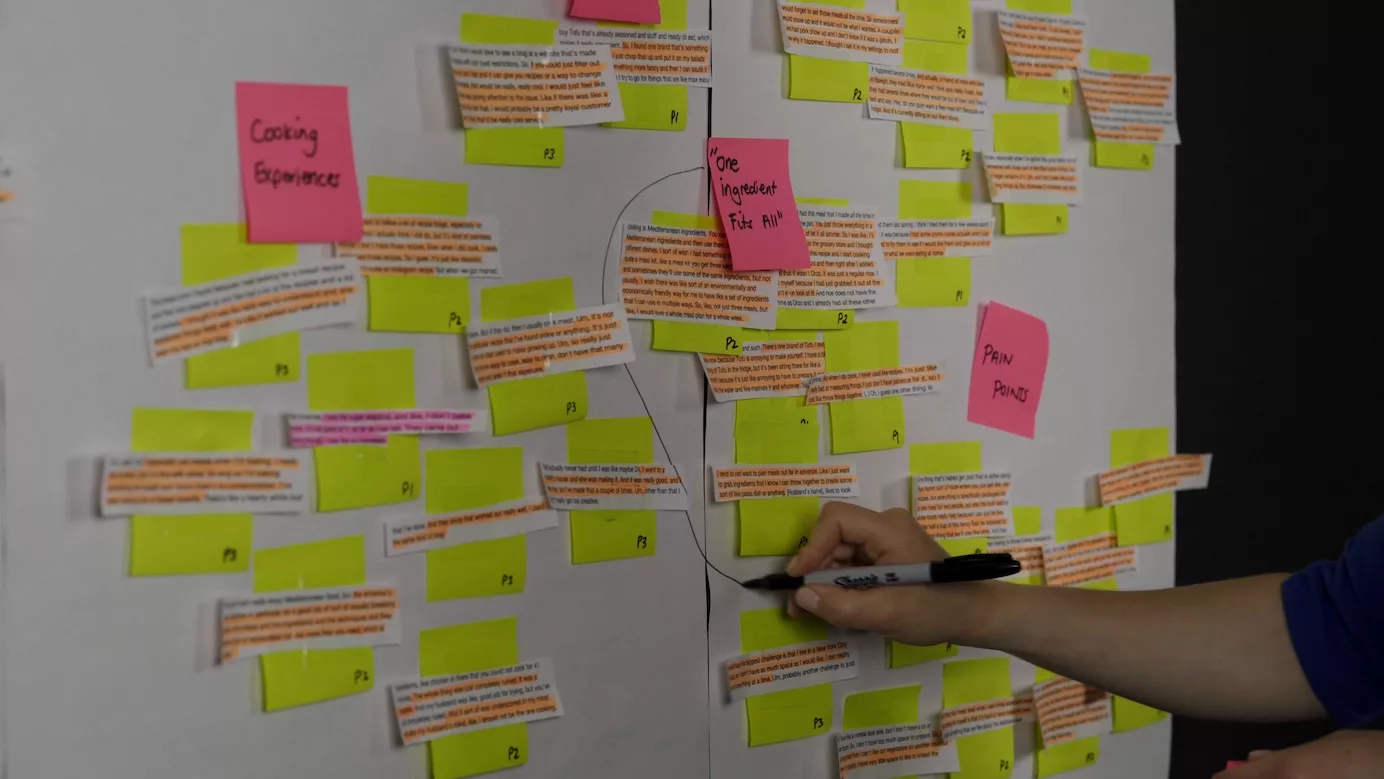
Once your diagram has been formed, take a break and return to it.
This break will help you take a fresh look at it, from which you will be able to connect dots and/or draw conclusions.
It will help inform where to act or take next steps (i.e. users need more accessible food, let's create a service that delivers it to their door just in time).
Learn about different design thinking products and methodologies
We recommend that you consult our Methods for Synthesizing User Research article linked below to learn about design thinking products that could come out of the research that you have conducted.
These products are created using popular design research methodologies which are intended to help you and your organization innovate effectively.
Always remember, the work is never done
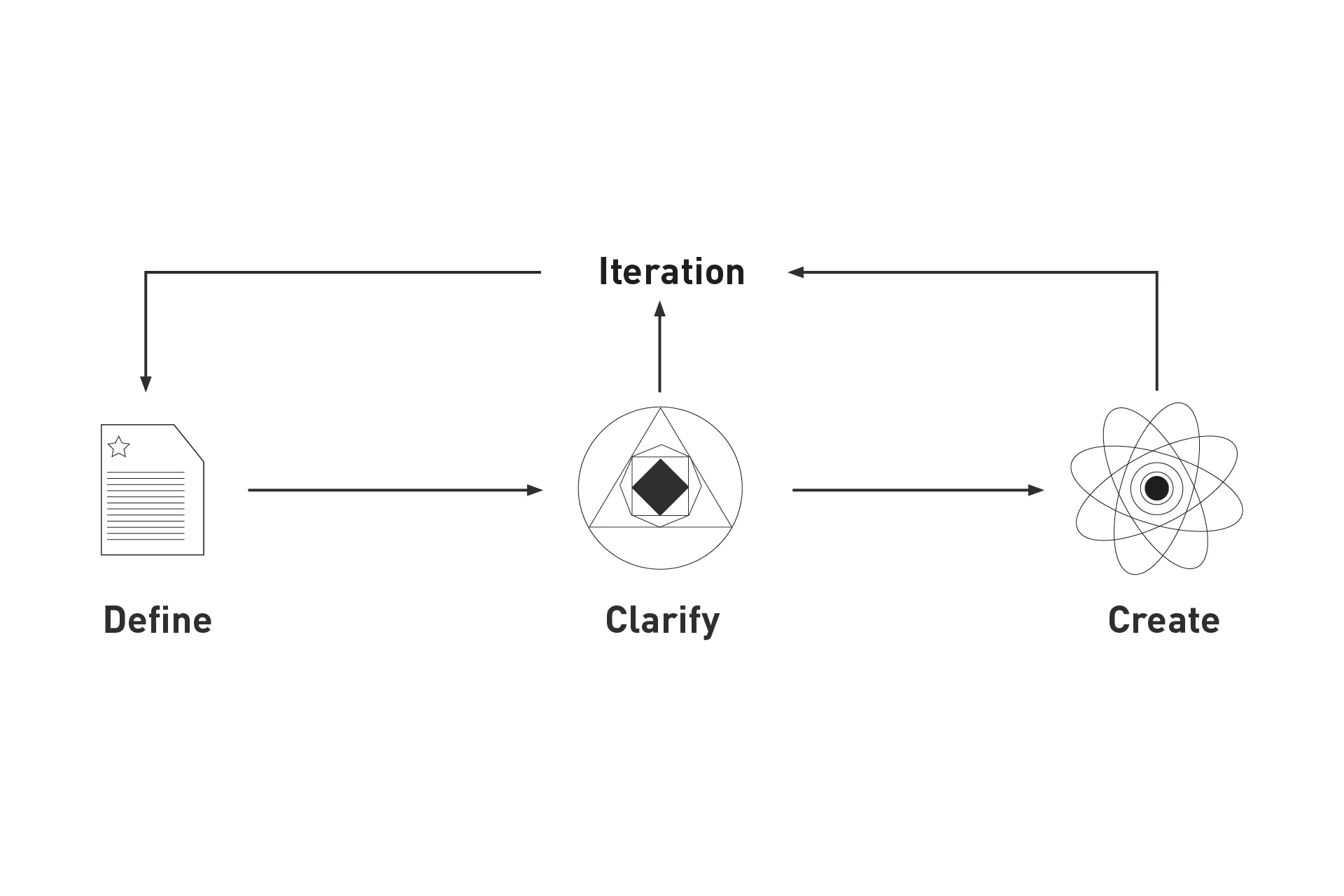
delasign's process
When creating affinity diagrams, it is important to note that they are neither a start or an end.
They should serve as a sounding board for evaluating ideas or actions and should be continuously updated or expanded into sub boards as your product, service or experience evolves.
Looking to learn more about Research and Strategy?
Search our blog to find educational content on research and strategy.